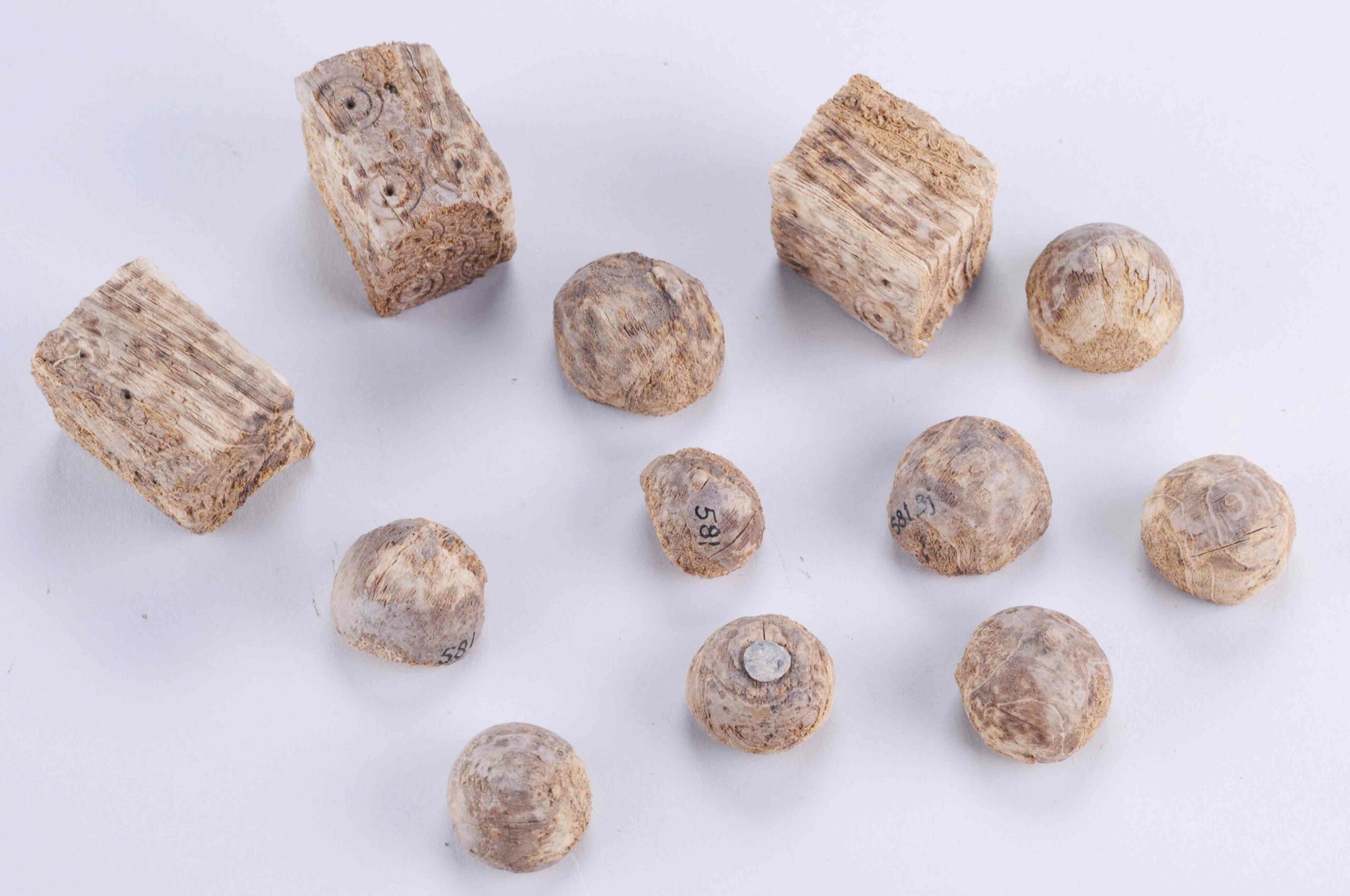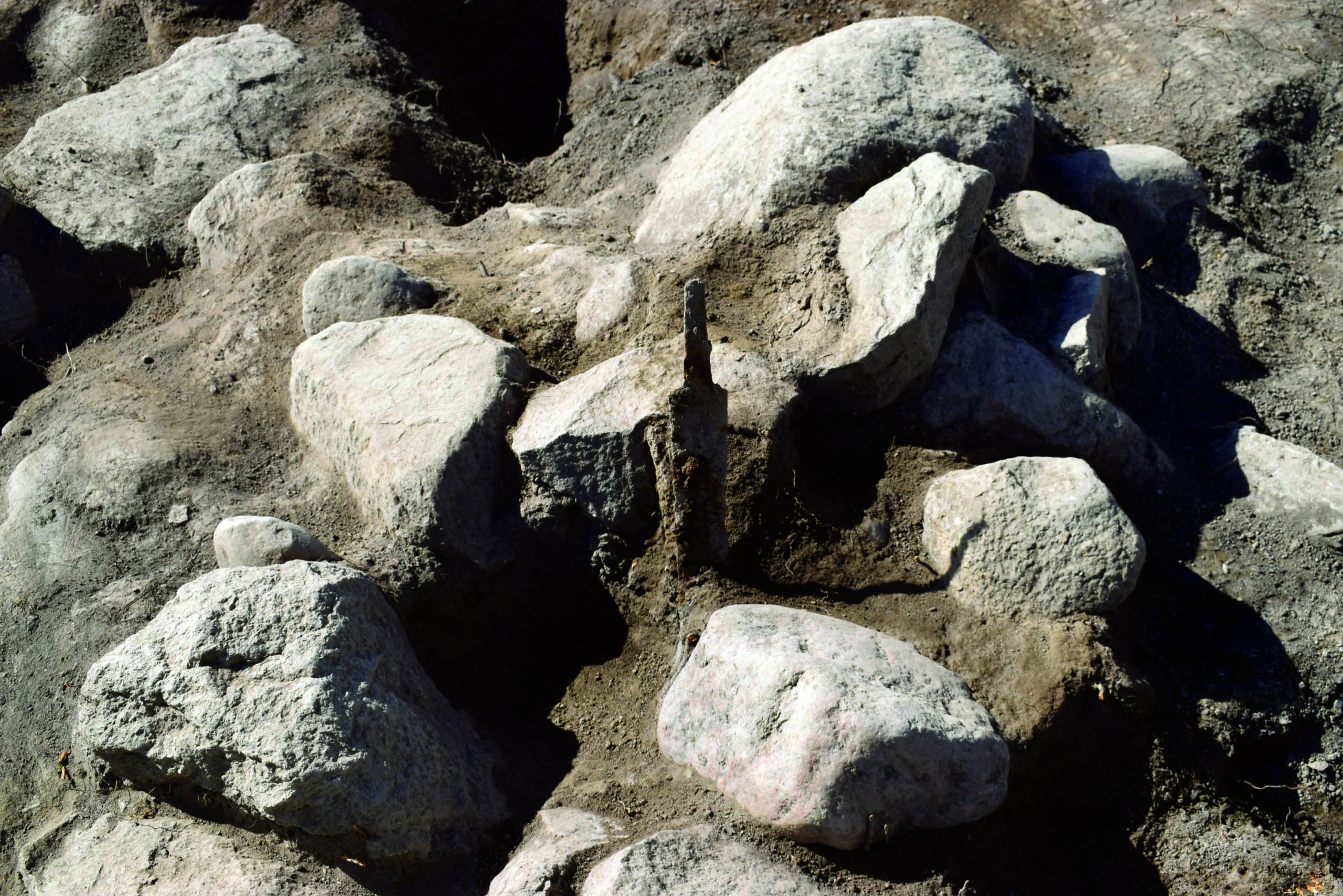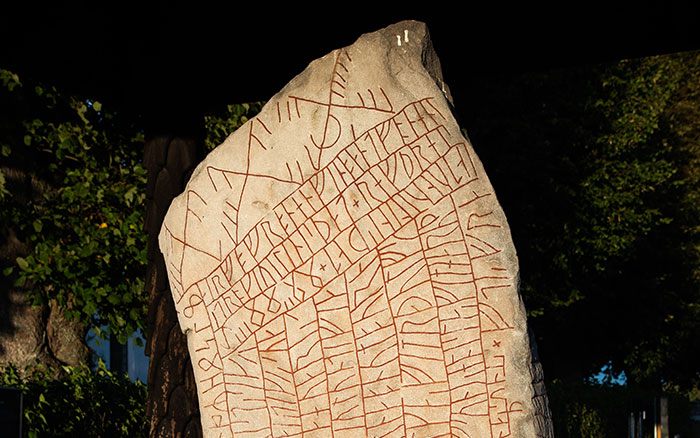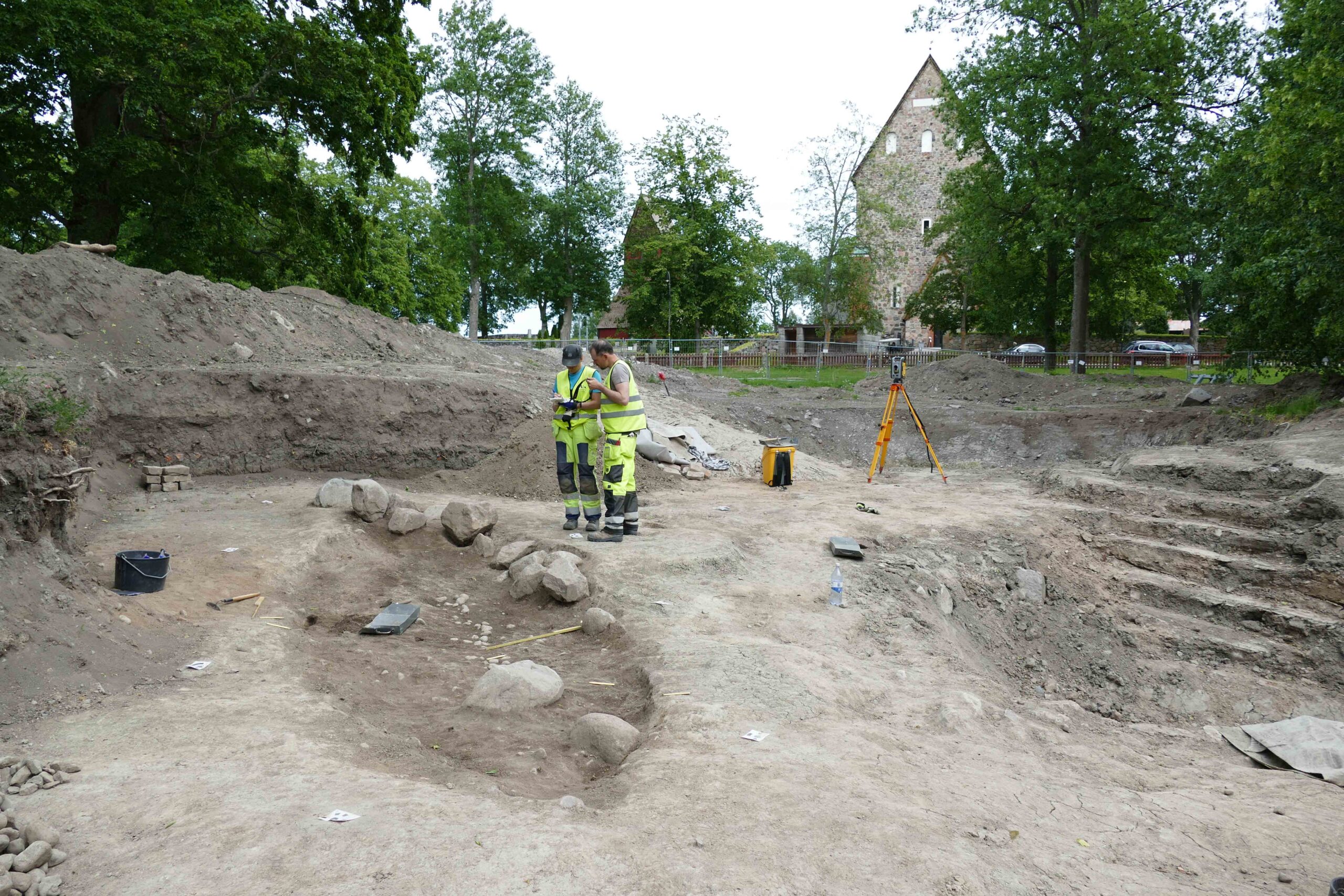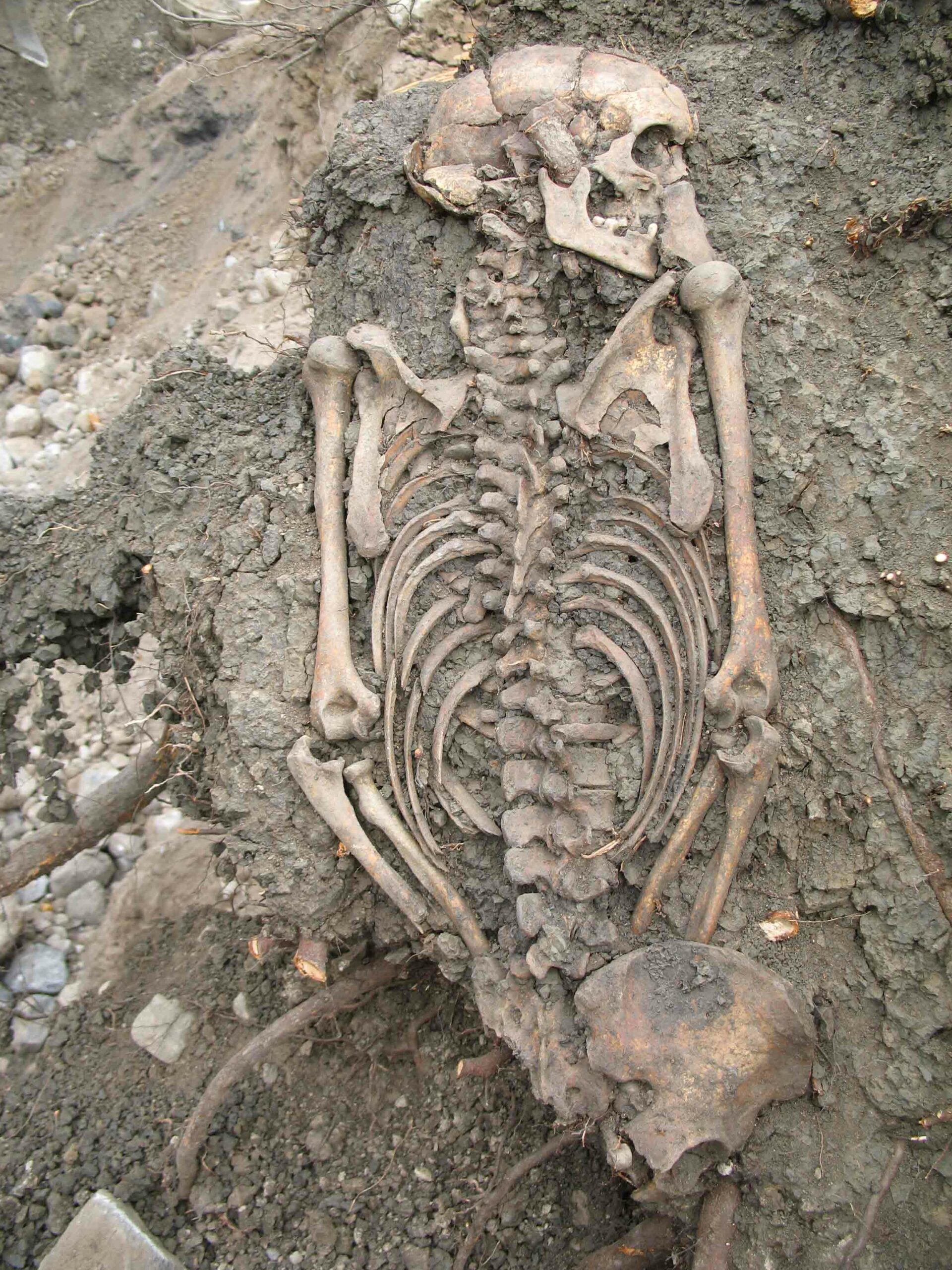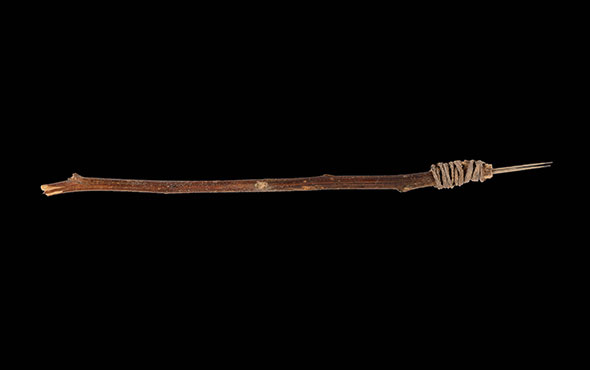
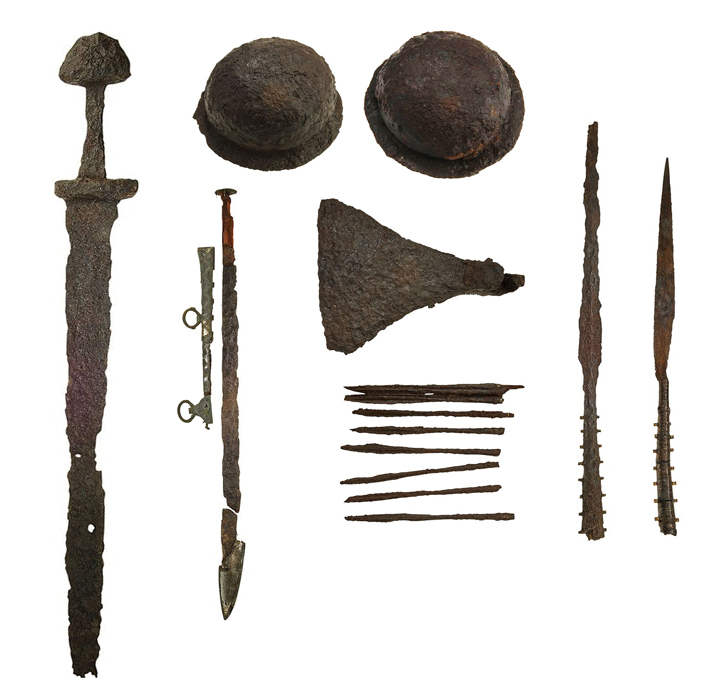
A richly furnished grave excavated in 1878 near the Viking town of Birka in eastern Sweden had long been assumed to hold a powerful male warrior. The grave was equipped with an arsenal of weapons, as well as a set of gaming pieces and a gaming board, which were seen as indications that the deceased was a military commander. A pair of horses was also found in the grave, one bridled as if prepared to ride off into battle once again in the afterlife. More than a century later, several osteologists concluded—and genetic analysis confirmed—that this Viking warrior was actually female.
When these results were reported in 2017, skeptics wondered whether there had been a testing mistake, or, perhaps, whether the person in the grave had not been a warrior after all. A new review of the evidence led by Neil Price of Uppsala University concludes that the person in the grave was indeed biologically female, and that there is no reason to doubt that she was a warrior in a position of great authority. “Ever since its excavation, the burial has been interpreted as that of a high-status warrior,” says Price. “We think so, too, for exactly the same reasons as everyone else has always thought so—but in light of the new sex determination, she was a female high-status warrior.”


